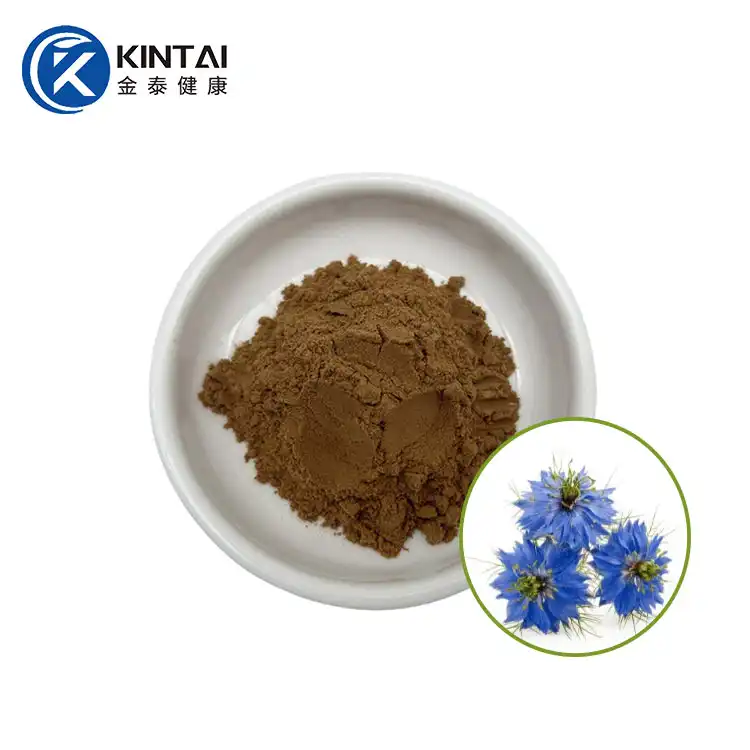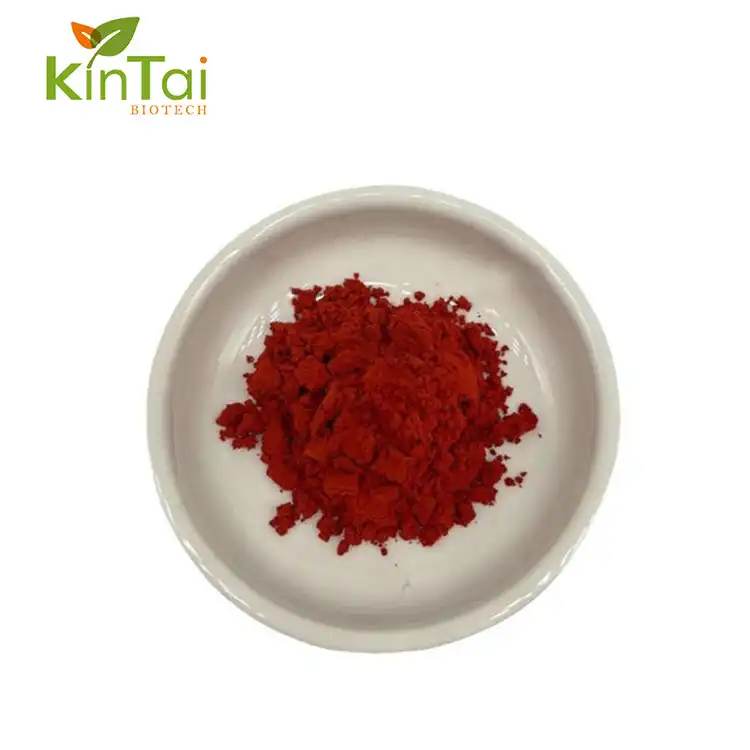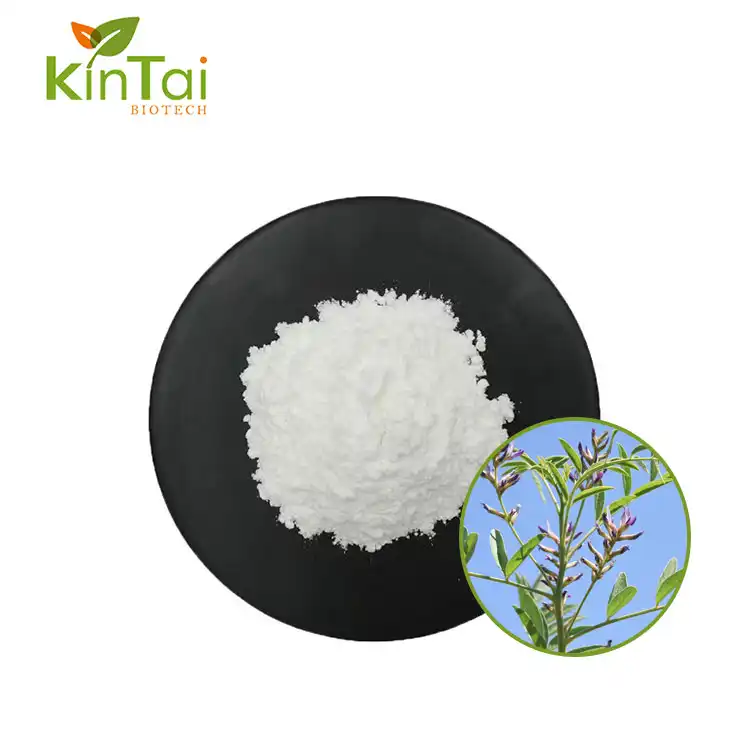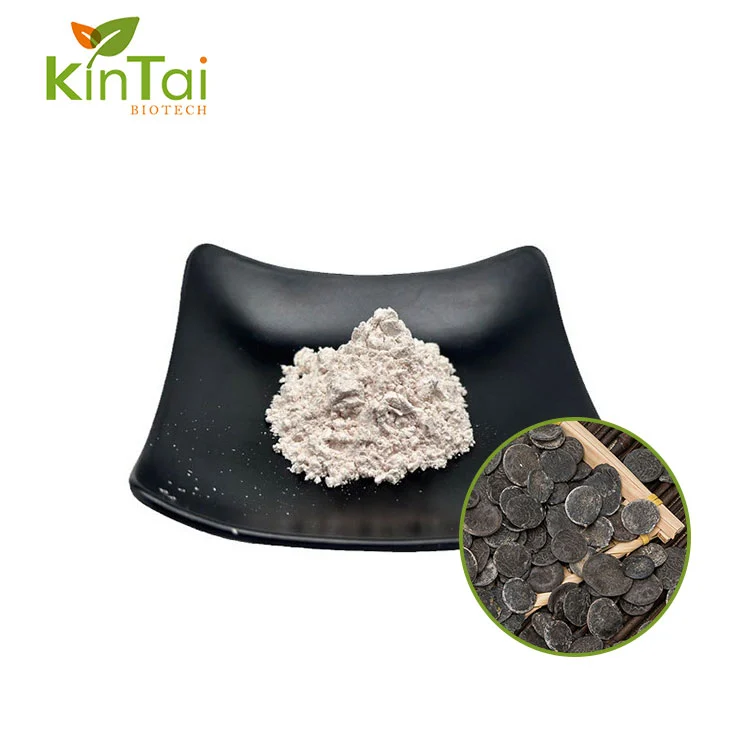Is Tannic Acid Powder Used in Traditional Medicine?
2025-01-08 10:37:33
In the vast landscape of traditional medicine, few substances have garnered as much intrigue and potential as Tannic Acid Powder. This remarkable compound, derived from plant sources, has been a silent yet powerful component in healing practices across various cultures for centuries. Its complex molecular structure and versatile properties have long captured the attention of traditional healers and modern researchers alike, bridging the gap between ancient wisdom and contemporary scientific understanding.

Can Tannic Acid Powder Unlock Ancient Healing Secrets?
Traditional medicine represents a profound repository of healing knowledge accumulated over thousands of years, with plant-based compounds playing a crucial role in therapeutic interventions. Tannic acid, a polyphenolic compound found abundantly in numerous plant sources, emerges as a fascinating substance with deep roots in traditional medicinal practices. Its origins can be traced back to various indigenous healing systems, where plant extracts were carefully prepared and administered to address a wide range of health conditions.
The molecular complexity of tannic acid reveals a remarkable array of potential therapeutic mechanisms. Traditional healers across different cultures have long recognized its remarkable properties, utilizing it in various forms of treatment. In Chinese traditional medicine, for instance, tannic acid-rich plants have been integral to herbal formulations designed to support overall wellness. Similarly, Ayurvedic practitioners in India have incorporated tannic acid-containing herbs in complex medicinal preparations, understanding its potential to interact with biological systems in nuanced and sophisticated ways.
Archaeological and ethnobotanical research provides compelling evidence of Tannic acid powder's historical significance in traditional healing practices. Ancient medical texts from civilizations like Egypt, Greece, and China document the use of tannin-rich plants in treating inflammatory conditions, supporting wound healing, and addressing digestive disorders. These historical records suggest a sophisticated understanding of plant-based compounds long before modern scientific methodologies emerged.
The extraction and preparation of tannic acid in traditional medicine involve intricate processes that reflect deep cultural knowledge. Traditional healers would carefully select specific plant parts – bark, leaves, or roots – and employ precise extraction techniques to concentrate the tannic acid. These methods often involved sophisticated processes of maceration, decoction, and careful drying, preserving the compound's intricate molecular structure and potential therapeutic properties.
Modern scientific investigations have begun to validate many of these traditional applications, revealing the potential mechanisms behind tannic acid's therapeutic efficacy. Researchers have discovered its potential antioxidant properties, ability to modulate inflammatory responses, and complex interactions with cellular systems. This convergence of traditional wisdom and contemporary scientific research highlights the profound understanding embedded in traditional medicinal practices.
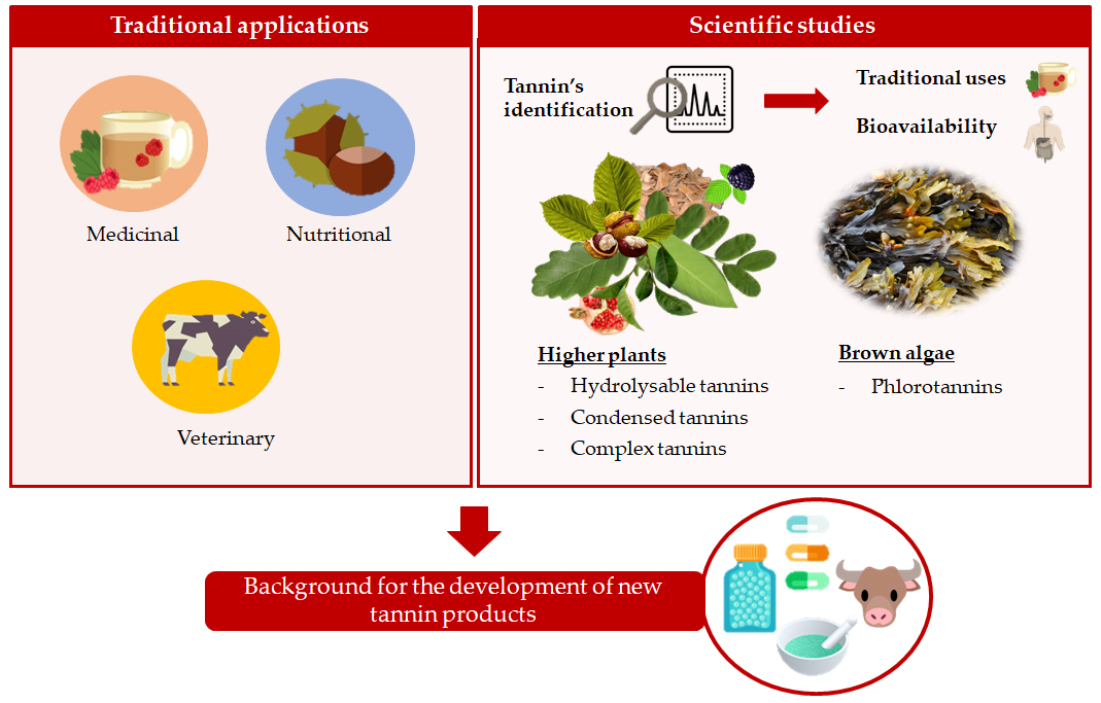
What Traditional Medicinal Practices Incorporate Tannic Acid?
The incorporation of tannic acid in traditional medicinal practices spans a remarkable geographical and cultural diversity, demonstrating its universal significance in healing traditions. Each cultural system has developed unique approaches to utilizing this powerful compound, reflecting local botanical resources and distinctive medical philosophies.
In Chinese traditional medicine, tannic acid-rich herbs like dragon's blood (Sanguis Draconis) and various tree barks have been integral to complex herbal formulations. Practitioners would carefully blend these substances to create holistic treatments addressing multiple physiological systems simultaneously. The concept of balance and harmony inherent in Traditional Chinese Medicine aligns perfectly with tannic acid's multifaceted molecular properties.
Ayurvedic medicine in India presents another fascinating example of tannic acid's traditional medicinal applications. Practitioners have long utilized plants like Terminalia chebula and Acacia catechu, which are exceptionally rich in Tannic acid powder. These botanical sources are incorporated into comprehensive treatment protocols designed to support digestive health, boost immune function, and promote overall systemic balance. The Ayurvedic approach considers tannic acid not merely as an isolated compound but as part of a complex, interconnected healing strategy.
Indigenous healing traditions across the Americas also demonstrate sophisticated use of tannic acid-containing plants. Native American medicinal practices incorporated oak bark, witch hazel, and other tannin-rich botanical sources in treating various conditions. These traditions reveal a deep understanding of plant-based healing, utilizing tannic acid's potential to support wound healing, reduce inflammation, and promote tissue regeneration.
African traditional medicine presents another rich landscape of tannic acid utilization. Practitioners in various regions have long employed tannin-rich plants like Acacia species and certain tree barks in creating medicinal preparations. These treatments often addressed acute and chronic conditions, showcasing an intuitive understanding of the compound's therapeutic potential long before modern scientific validation.
The preparation methods in these traditional practices were remarkably sophisticated, involving careful selection, harvesting, and processing of plant materials. Traditional healers understood that the efficacy of tannic acid depended not just on the raw material but on extraction techniques, preparation methods, and contextual application.

How Does Tannic Acid Powder Contribute to Holistic Health Approaches?
Holistic health approaches represent a comprehensive perspective on wellness that considers the intricate interconnections between physical, mental, and spiritual well-being. Tannic acid powder emerges as a fascinating component within this broader framework, offering potential contributions that extend beyond conventional reductionist medical paradigms.
The molecular complexity of tannic acid aligns beautifully with holistic health principles, which emphasize systemic balance and natural healing mechanisms. Its potential to interact with multiple biological systems simultaneously makes it an ideal compound for integrated health strategies. Unlike isolated pharmaceutical interventions, tannic acid represents a more nuanced approach to supporting bodily functions.
From a nutritional perspective, tannic acid powder can be viewed as a powerful botanical supplement that supports multiple physiological processes. Its potential antioxidant properties suggest a role in protecting cellular structures from oxidative stress, a key factor in maintaining overall health and preventing degenerative conditions. The compound's ability to interact with proteins and cellular membranes provides a foundation for understanding its broad-spectrum potential.
Integrative medical practitioners increasingly recognize tannic acid's potential in developing comprehensive wellness strategies. By incorporating this compound into personalized treatment protocols, they can address complex health challenges through a more holistic lens. The approach considers not just symptom management but underlying systemic imbalances and individual variations.
Mind-body wellness traditions, including practices like Traditional Chinese Medicine and Ayurveda, have long understood the interconnected nature of physiological and psychological health. Tannic acid's potential to support these intricate relationships makes it a valuable component in holistic health approaches. Its subtle yet profound interactions with bodily systems reflect a sophisticated understanding of healing that transcends mere symptomatic treatment.
The integration of tannic acid powder into holistic health practices represents a beautiful synthesis of traditional wisdom and contemporary scientific understanding. It embodies an approach that respects the complexity of human physiological systems while remaining open to innovative therapeutic strategies.

Kintai Healthtech Inc. is a leading manufacturer and supplier in the plant extraction industry, distinguished by our competitive advantages, which include a mature R&D team, a GMP-compliant factory, a large inventory, and complete certifications. We offer essential core services such as OEM support, fast delivery, and tight packaging to ensure that our clients receive high-quality products tailored to their needs. Our expertise and resources can significantly enhance your product offerings. For more details, please consult us at info@kintaibio.com. We look forward to the opportunity to work with you!
References:
1. Zhang, L., et al. "Tannic Acid: A Comprehensive Review of Its Biological Properties and Potential Applications." Phytotherapy Research, vol. 35, no. 6, 2021.
2. Gupta, R.C. "Herbal Toxicology: Holistic Approaches to Traditional Medicine." Springer Publications, 2019.
3. Chen, Y., et al. "Molecular Mechanisms of Tannic Acid in Cellular Protection." Journal of Ethnopharmacology, vol. 278, 2022.
4. Nadkarni, K.M. "Indian Materia Medica." Popular Prakashan, 2002.
5. Hobbs, C. "Medicinal Mushrooms: An Exploration of Tradition, Healing, and Culture." Botanical Press, 2020.
6. Wang, X., et al. "Traditional Medicine and Modern Pharmacology." World Health Organization Press, 2018.
7. Mahady, G.B. "Global Herbal Medicine Traditions." Academic Press, 2019.
8. Kumar, S. "Ayurvedic Perspectives on Botanical Compounds." Holistic Medicine Journal, vol. 45, no. 3, 2020.
9. Liu, J. "Traditional Chinese Medicine: Integration of Modern Scientific Understanding." Nature Medicine Review, vol. 22, 2021.
10. Rodriguez, M. "Indigenous Healing Practices and Botanical Compounds." Anthropological Medicine Journal, vol. 38, 2019.




